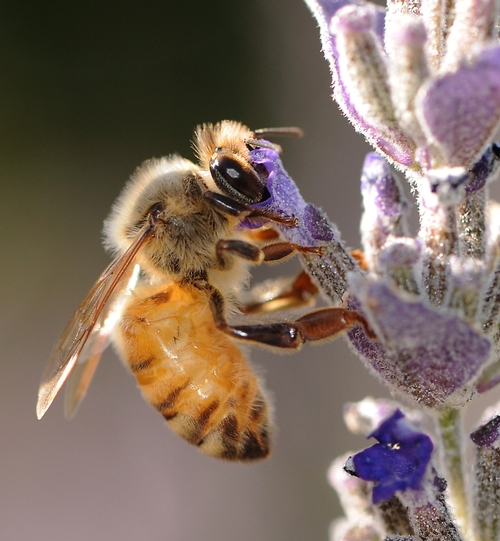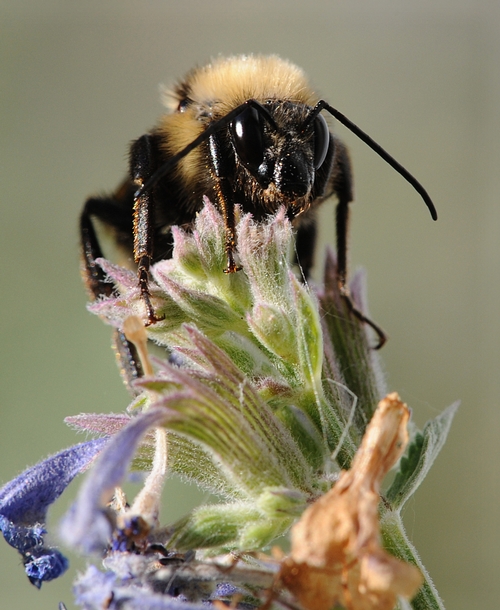The eyes have it.
Look at the compound eyes of an insect. Some are colorful, some are drab. But they are all organs that detect light.
Most insects "have some sight and many possess highly developed visual systems," write UC Davis entomology professors Penny Gullan and Pete Cranston in the fourth edition of their textbook, The Insects: An Outline of Entomology, published by Wiley-Blackwell earlier this year.
"Virtually all adult insects and nymphs have a pair of large, prominent compound eyes, which often cover nearly 360 degrees of visual space," they point out.
If you're studying to be an entomologist--or thinking about entomology as a career--you can learn more about how "the basic components needed for vision are a lens to focus light onto photoreceptors--cells containing light-sensitive molecules--and a nervous system complex enough to process visual information."
If you're photographing insects, you know how quickly they detect movement. Cast your shadow on them and off they go. Move closer and off they go.
Sometimes it's a challenge, but in the end, the eyes have it.
Attached Images:

Blow Fly

Honey Bee

Yellow-Faced Bumble Bee

Metallic Green Sweat Bee

Leafcutter Bee